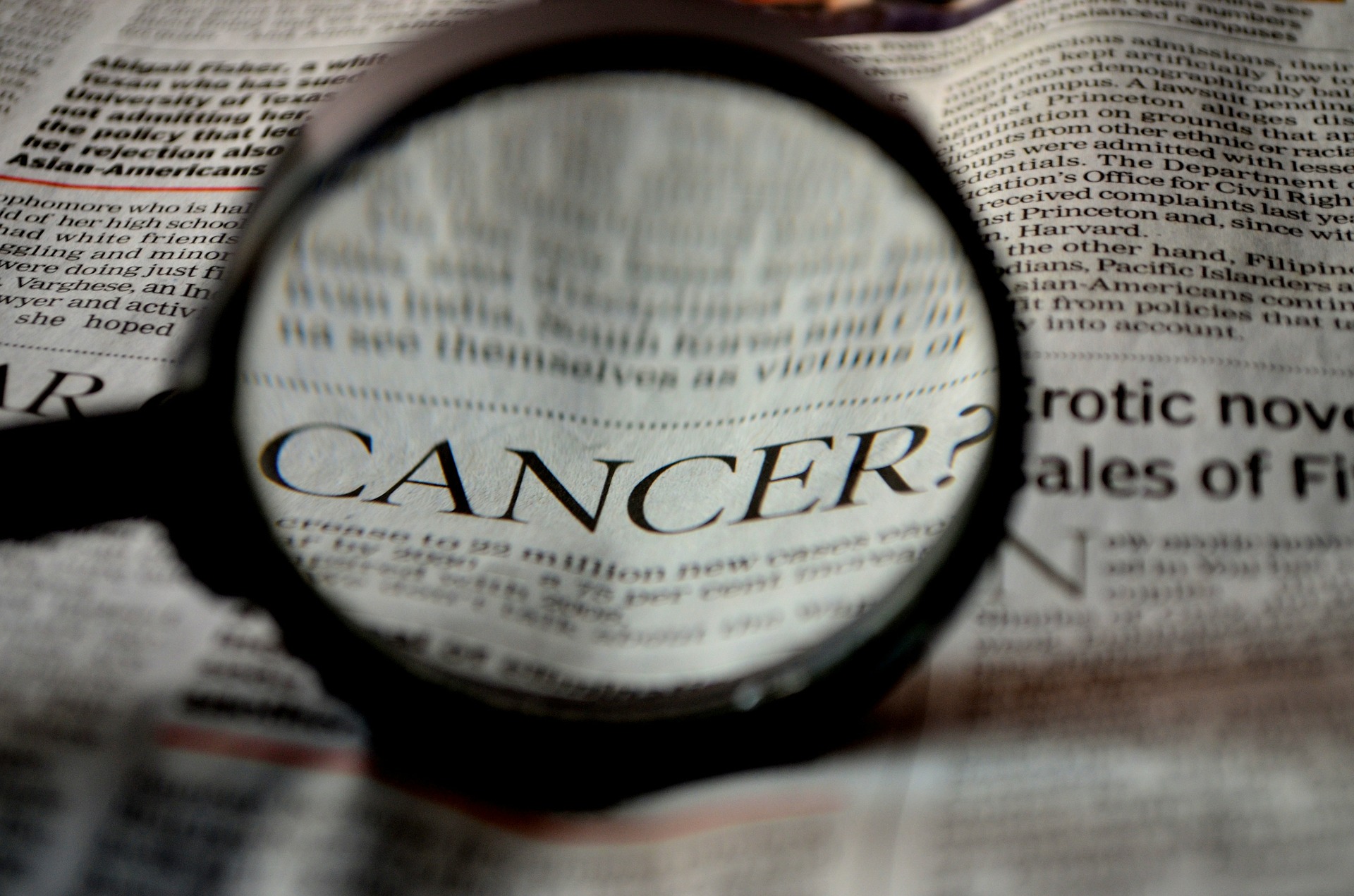Entropy as the Driving Force of Pathogenesis: an Attempt of Diseases Classification Based on the Laws of Physics

Published 2020-07-02
Keywords
- entropy,
- inflammation,
- cancer,
- extracellular pressure
How to Cite
Abstract
In nature, every physical process involving matter is ruled by the second law of thermodynamics (the total entropy of an isolated system can never decrease over time, and is constant if and only if all processes are reversible). The living cell being a material system should comply by releasing entropy either into the body or into the outside environment. In case of pathologies, entropy cannot be fully exported outside the body and stays inside the body either in the form of biomass, of extracellular waste products.
We propose hereafter, a new way of classifying diseases by looking at the kind of entropy which cannot be easily excreted. In such a classification, inflammatory diseases play with entropy through increased heat, biomass synthesis (proliferation of lymphocytes and neutrophils) and secretion of pro-inflammatory proteins (waste products from the cell’s point of view).
In the case of chronic inflammation, it induces mitochondrial impairment, owing to the increased oncotic pressure associated to hyper-osmolarity leading to cancer and degenerative diseases (DDs).
In the special case of degenerative diseases, cellular entropy is mostly released in the form of wastes, such as amyloid plaques or Lewy’s bodies, and not as proliferating cells as in cancer. Consequently, despite quite different symptoms, these two diseases are proposed to be Janus-like twins, meaning that a remedy active against cancer, should also be active against various forms of DDs.





